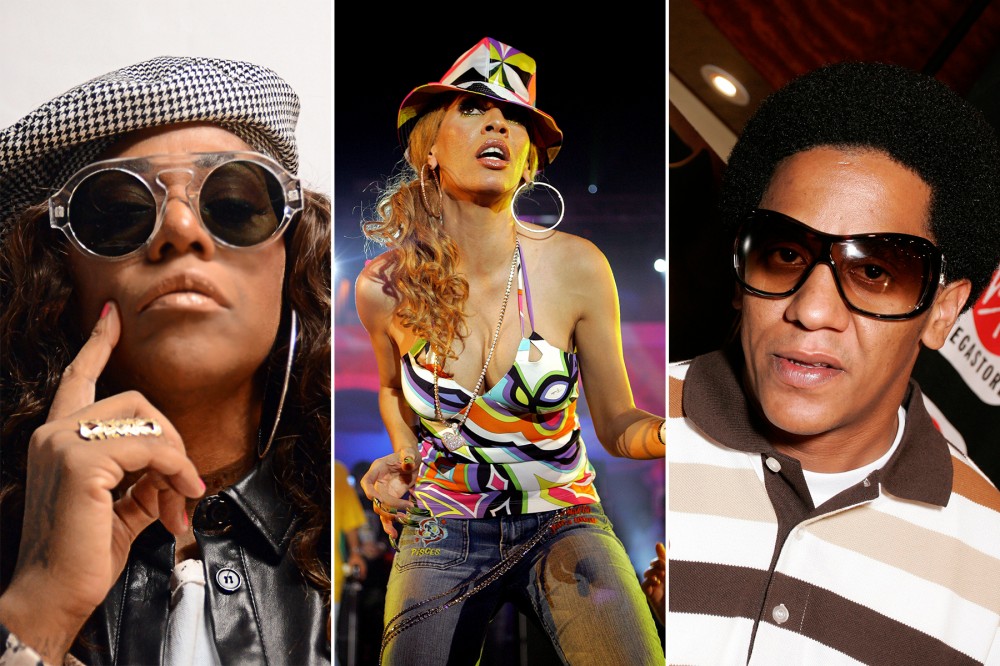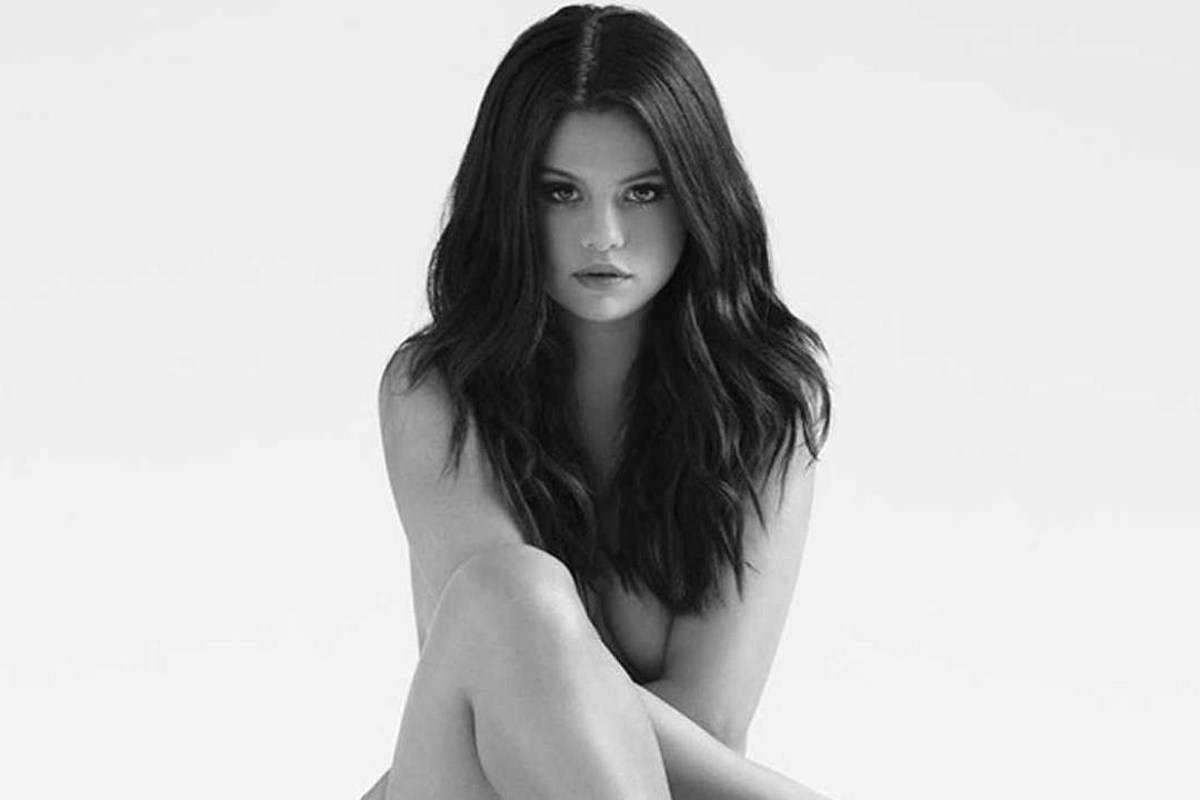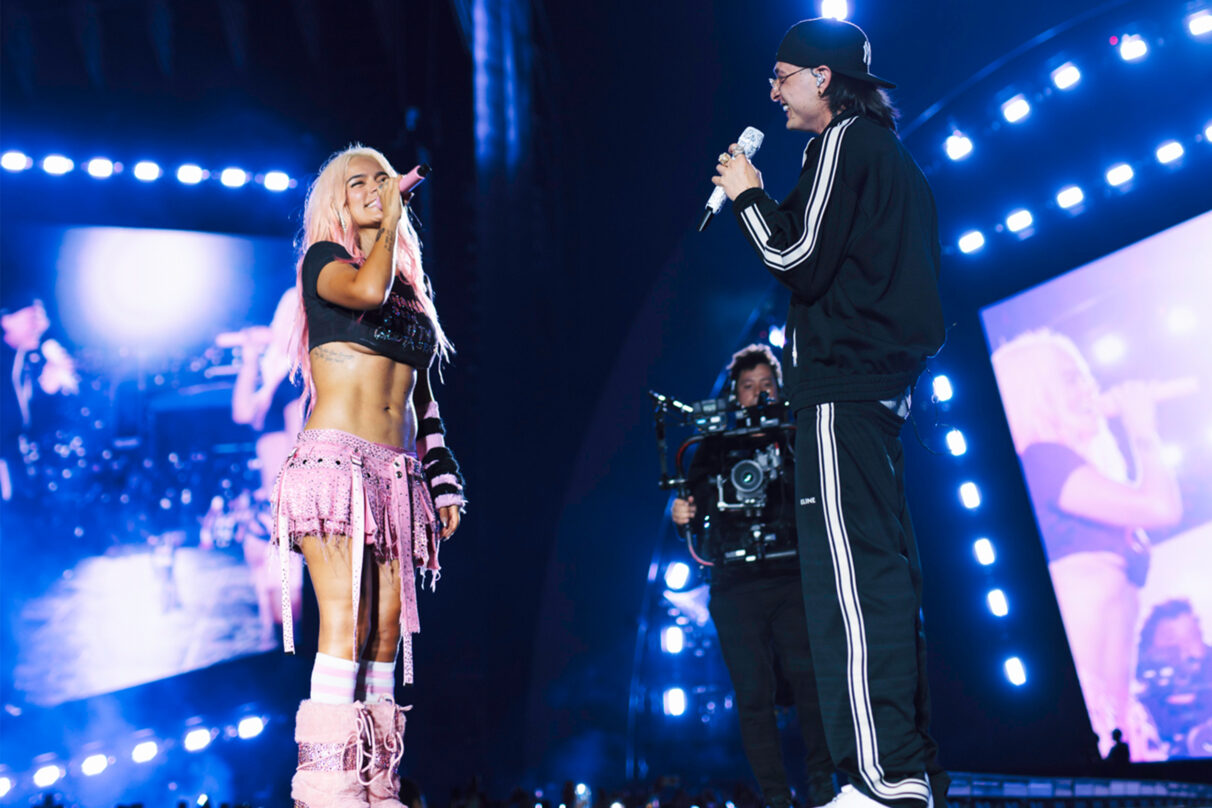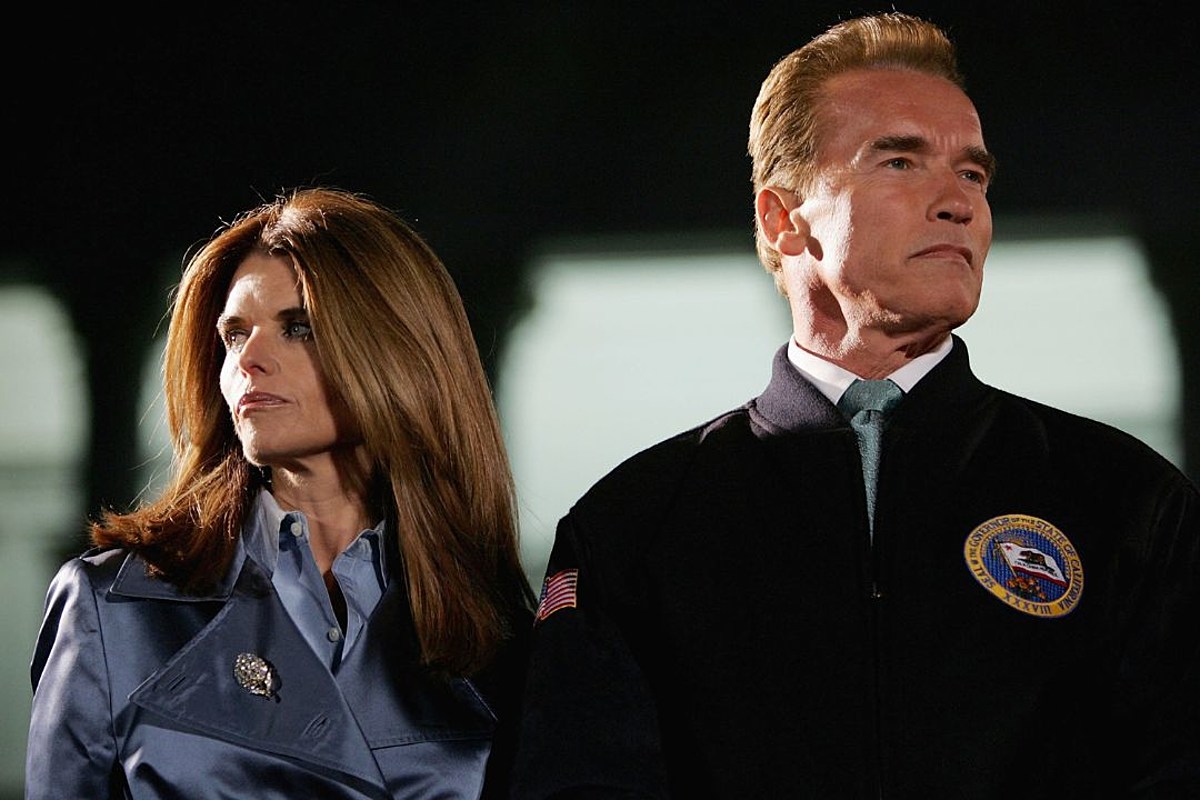
Inside Reggaeton's Unsung Black History
Maidel “La Sista” Canales vividly recalls the “reggaeton fever” of the Nineties. At 16, Canales and her brother, four years her senior, formed the rap duo “Los Brothers,” performing in the streets of Loíza, Puerto Rico, during cultural festivals. “Everyone in Loíza wanted to be a reggaetonero,” says Canales, now 36.
Canales recalls the ubiquitous presence of black reggaeton artists during the genre’s early years. But today, the most recognizable faces of reggaeton and música urbana continue to lighten. Take one look at who occupies today’s Latin music charts, and it’s clear that reggaeton is now heavily dominated by light-skinned Latinos such as Bad Bunny, Karol G, Anuel AA and J Balvin. Although a handful of black artists, like Don Omar, Ozuna, and Sech have made comparable strides toward international fame, the mainstreaming of the genre has correlated with a departure from its black heritage.
“I remember on one of Bad Bunny’s videos, I commented, ‘When are you going to put a black girl in a video? It would be nice to see a black woman there,’” says Canales. “And in his next videos, I swear I saw a black woman!’”
Canales grew up in Loíza: a coastal Afro-Puerto Rican enclave with a rich musical history that began long before the advent of reggaeton. It is the home of bomba, a musical tradition brought to the island by Africans forced into slavery by the Spanish colonists. Enslaved populations from various tribes used bomba music and dance as a means of communication when they were forbidden from speaking to one another on the sugar fields. Today, the genre continues to thrive as a way to express black identity in Loíza.
“There are a lot of reggaeton artists who have integrated bomba, and that’s because they recognize the roots,” explains Maricruz Rivera-Clemente, the founder of Corporación Piñones se Integra, a community organization based in Loíza.
“I remember Tego Calderón doing this, and it was vital to the entire genre of bomba and of reggaeton.”
Calderón, who first came on the scene in 1996, is one of reggaeton’s most influential early artists. Calderón was extremely outspoken about the black Puerto Rican experience in his lyrics; in his hit song, titled “Loíza,” Calderón bluntly tackles the racism faced by dark-skinned Boricuas, rapping, “They want to make me think that I’m part of a racial trilogy/Where everyone is equal without special treatment.” He continues, “You changed the chains for handcuffs/We’re not all equal in legal terms/And this is proven in the courtrooms.”
“Tego Calderón was the voice of all of the black Puerto Ricans,” says Canales. “He was a big influence on me. Although he isn’t from Loíza, he motivated me to share what it was to be from Loíza.”
Ivy Queen, the First Lady of reggaeton, recalls the pushback Calderón received as a result of his image. “He took all the heat, carrying his afro and his swag,” explains Ivy Queen. Calderón has since made rare appearances in public; he has not responded to Rolling Stone’s requests for comment.
Rivera-Clemente feels that in addition to shared instrumental elements, bomba and reggaeton also share ideological roots. “They come from the struggle, from spaces where we’re not recognized,” she says. “In its origins, reggaeton was about denunciations and grievances against an economic and political system that excluded the youth who were making the music.”
Besides bomba, reggaeton also carries influences from early American hip-hop and Jamaican reggae.
Elías de León, the founder of White Lion Records and force behind reggaeton superstars like Daddy Yankee, Calle 13, Nicky Jam and Tego Calderón, remembers the earliest days of reggaeton. At the age of 17, De León left his home in Torres de Sabana, a housing project in Carolina, to break into the New York City music scene. He recalls spending hours sifting through hundreds of dancehall and hip-hop records in Manhattan music stores.
“I would always buy new records and take them back to Carolina, to DJ Playero and DJ Negro who were friends of mine,” says de León. “It was music that no one had in Puerto Rico because we didn’t have the internet.” Back in Carolina, Playero and Negro were busy mixing the rhythms into a concoction they referred to as “música underground.”
Ivy Queen recalls spending her teenage years listening to rappers like Das EFX, Onyx, Lil Kim and reggae singer Patra. Ivy Queen says that these black artists were some of her biggest musical influences, who she still carries in her music today.
Along with Ivy Queen, Don Chezina, another pioneer of the genre, was among the first to rap over a reggaeton beat. The reggaeton “riddim,” consisting of sounds from the African diaspora, artfully fused together by DJ Playero and DJ Negro, had a bounce that was irresistable to the crowds that gathered in the illegal garage parties where Chezina would perform.
“The heart of our music comes from Africa,” explains Chezina. He went on to name artists like Jamaican reggae singer Shabba Ranks and Panamanian MC El General as being among the first to develop the dembow rhythm, or, the drum pattern that became the building block of all reggaeton. Chezina’s hit song “Tra Tra Tra” was one of the first reggaeton songs to ever reach global success, bringing the world’s attention to the caseríos of Puerto Rico.
Even today, we continue to hear Jamaican reggae and dancehall music sampled in modern reggaeton music. “Murder She Wrote” by Chaka Demus & Pliers, for example, was sampled in at least 54 songs since the song first was released in 1992, including some of the biggest reggaeton hits like Pitbull’s “El Taxi,” “La Barría” by Wisin y Yandel, Daddy Yankee’s “Shaky Shaky” and “Que Tire Pa’lante.” What is even more noteworthy is that, according to music scholar Wayne Marshall, instrumental elements from Shabba Ranks’ song “Dem Bow” have been used in over 80 percent of all reggaeton songs dating up to 2008.
Dr. Petra Rivera-Rideau, the author of Remixing Reggaeton: The Cultural Politics of Race in Puerto Rico, finds this a curious phenomenon; but says the erasure of black voices and faces from reggaeton is not unique to the genre. “The Latin music industry borrows heavily from Afro-Latino cultural practices, but privileges and prioritizes white Latino artists to perform them,” says Rivera-Rideau. “And that’s a historical pattern we’ve had.”
Canales has firsthand experience with the racial dynamics at play in reggaeton. “One of the reasons I want to succeed and transcend with my music is because out of [all] the reggaetoneras around, not one has my appearance,” says Canales. “Most of them look the way the industry says they’re supposed to look. But in reality, you don’t see a thousand Natti Natashas walking around [in Puerto Rico].”
During the peak of her career, Canales was working with the likes of Wisin y Yandel, Ivy Queen and Jowel y Randy. But overnight, her entire career fell apart following the imprisonment of her manager, Pablo “Calidoso” Delgado. Canales declined to give details of his incarceration.
“He was the only one who invested in me,” explains Canales. “[After his arrest] I kept knocking on doors and nobody wanted to open them for me.” Canales felt that this was, in part, due to racism.
“Racism exists [in the industry],” says de León. “Whoever says it doesn’t is a liar.” De León went on to describe witnessing different financial opportunities being afforded to artists based on color.
“People don’t talk about the racism, they negate it. But it exists,” Canales says. “I have a lot of talent but it’s been so so hard for me. If I looked different, I would have done way more than what I’ve done.” After a 10-year hiatus, Canales continues writing and releasing music under her pseudonym, La Sista.
Rivera-Rideau wonders what it is about Latino society that allows this “white-washing” to be acceptable. “No one bats an eye at it,” she says. “And the people who do…are seen as people who don’t know what they’re talking about because we’re so invested in this idea that [Latino] spaces don’t have racism.”
This can be attributed to a general denial of African heritage in Puerto Rico. According to the latest U.S. census data, over three-quarters of Puerto Ricans self-identified as white. “[There] is a lack of education,” says Ivy Queen. “My relatives are black, my grandmother is black, most Puerto Ricans are black.”
However, artists like Canales feel hopeful for the future of the genre.
“My path has been hard and what we are talking about in terms of prejudice is real,” Canales explains. “But things are changing. We had a black Miss Universe, a black president, a corporation as big as Disney is casting more black actors. The world is seeing that there has to be equality.”
Popular on Rolling Stone
Rolling Stone spoke to several reggaeton veterans about the genre's unsung black history. From left to right: La Sista, Ivy Queen and Tego Calderón.
Courtesy of La Sista; John Parra/WireImage; Jean Baptiste Lacroix/WireImage



